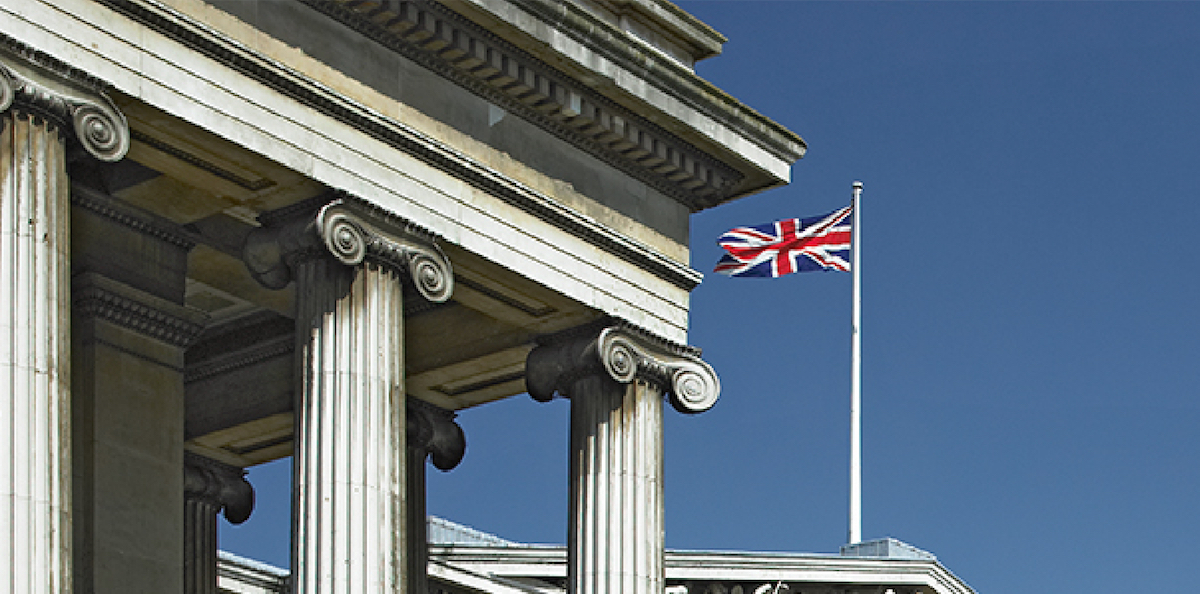The FBI is investigating the sale of hundreds of suspected stolen treasures from the British Museum to buyers in the United States. The U.S. law enforcement agency has also facilitated the return of 268 items to the museum, which claims ownership of the artefacts sold to a collector in Washington, D.C.
In 2022, the British Museum announced the disappearance, theft, or damage of ancient gems, jewellery, and other items from its collection. In a statement, the British Museum revealed that 626 items have been recovered, though it estimates that 1,500 pieces are still missing. Among the recovered items, 100 have been located but are yet to be returned.
The FBI’s involvement came to light when a buyer in New Orleans reported being contacted by an FBI agent seeking information about two pieces he had purchased on eBay. The agent informed him they assisted the Metropolitan Police in investigating the theft. However, the buyer no longer possesses the gems and has yet to be contacted for further information.

Most stolen items were uncatalogued, complicating efforts to verify their origins. The museum is working with collectors to have these items donated back for assessment. The investigation has focused on Peter Higgs, a senior curator at the museum, who has been accused of stealing, damaging, and selling artefacts for at least a decade. The museum alleges that Higgs, who has since been dismissed, sold the items under the eBay account “sultan1966” using the alias “Paul Higgins.” Higgs denies the allegations and is defending against a civil claim brought by the museum. Despite the seriousness of the accusations, no arrests have been made.
The BBC confirmed that a buyer, Tonio Birbiglia from New Orleans, purchased two items from “sultan1966.” He cross-referenced eBay records with receipts, revealing he bought an amethyst gem depicting Cupid riding a dolphin for £42 and an orange scarab-beetle gem for £170, paid to a PayPal account linked to Higgs’ email.
Birbiglia, who previously worked for an antiquities gallery, expressed shock when contacted by the FBI and requested more information to help trace the gems. However, he reports that neither the FBI, the British Museum, nor the police followed up.
The FBI has also investigated 268 items sold in Washington D.C., believed to be connected to the same seller. Sources indicate the buyer paid up to £7,000 for these items, dealing with “Paul Higgins” through email.
The museum’s efforts to reclaim its treasures extend beyond the U.S. Danish antiquities dealer Dr. Ittai Gradel, who alerted the museum to the thefts, has tracked items sold to buyers across Europe and Asia. Some gems, including a rare 2nd-century obsidian head of Hercules, ended up in the Deutsches Edelsteinmuseum in Germany.
In 2017, Dr Gradel purchased this gem for £300, unaware of its stolen status. It was sold under Higgs’s alias, with the seller claiming it was a family heirloom. The British Museum has since recovered these items and continues to work on proving their origins.
The museum is committed to locating the remaining stolen pieces and holding those accountable. Though intricate and ongoing, the investigation underscores the challenges in recovering and verifying the provenance of ancient artefacts in a globalised market.
The BBC are currently airing a documentary, Scams & Scandals Thief, at the British Museum. Synopsis: In August 2023, news broke that the British Museum had been the victim of theft. Headlines worldwide reported that thousands of items in its collection were missing. But how could this happen to one of Britain’s most revered institutions, and who was responsible? Katie Razzall investigates the story behind the thefts and the hunt to recover the ancient treasures.
https://www.bbc.co.uk/iplayer/episode/m001zrbs/scams-scandals-thief-at-the-british-museum

